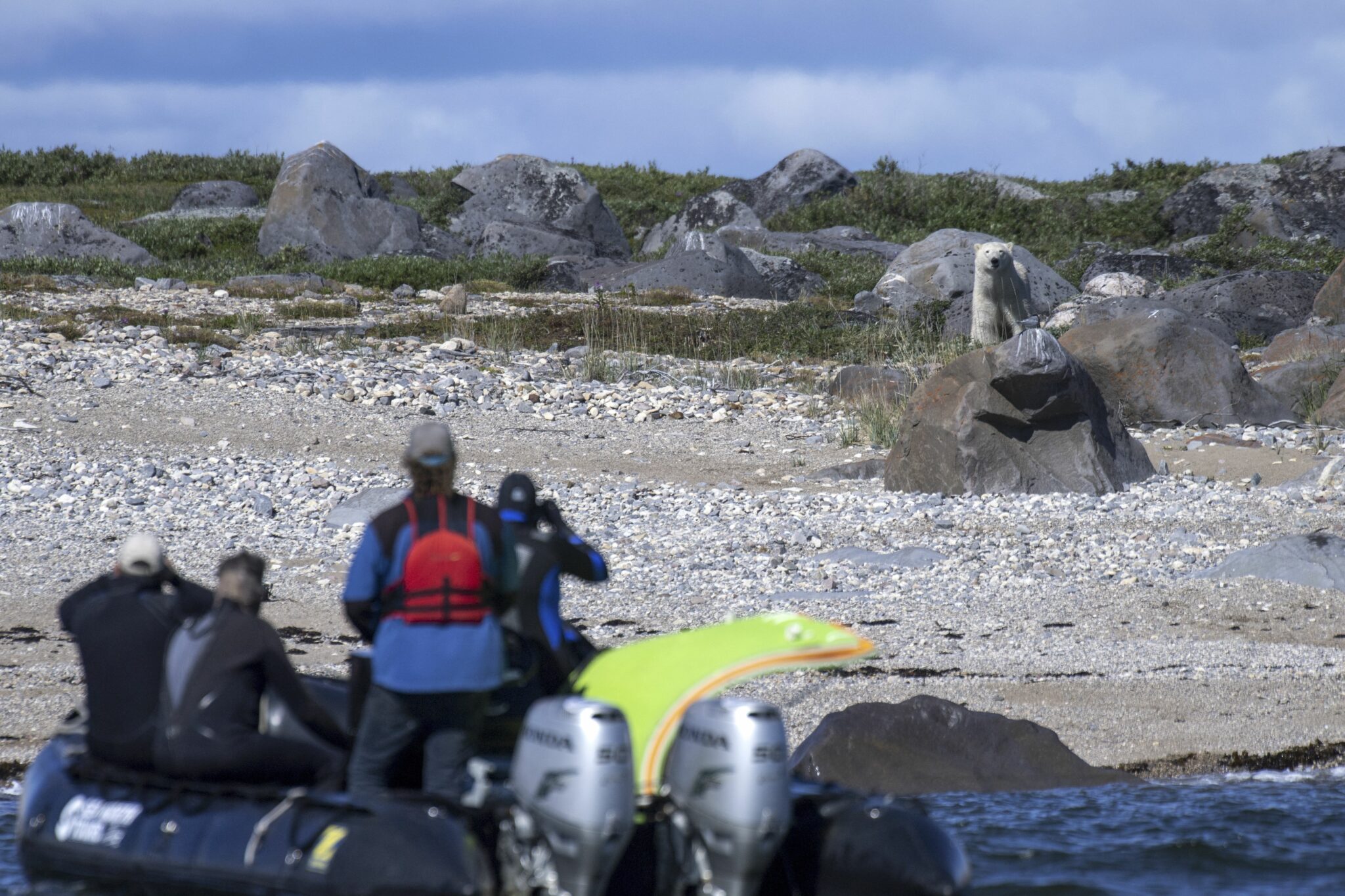
In fact, human-wildlife conflicts are already the leading cause of decline and extinction among large mammals, the researchers said, which can trigger “the transformation of entire ecosystems.” The encounters can also compound financial struggles for communities and are costing the global economy billions of dollars every year, the scientists added.
The study, published Monday by University of Washington researchers in the journal Nature Climate Change, compiled and examined 30 years of research on the subject, spanning every continent except Antarctica. Taken altogether, the research showed an alarming rise of consequences from the encounters, which the study’s authors said highlights the “extraordinary breadth” of the problem.
It’s the second peer-reviewed study published within a month to document the rise of human-wildlife conflicts, defined generally as any interaction between people and animals that results in a negative outcome such as injury or death. The second study, published Jan. 31 in the journal PLOS Biology, found that attacks on humans by carnivorous animals have increased steadily since 1950, linked largely to growing human populations in new areas.
Monday’s study found that in just 30 years, the killing of polar bears by humans tripled in Canada, the number of whales that became entangled in fishing gear rose 400 percent, shark attacks on humans jumped 360 percent and deadly encounters generally increased in several countries, including Nepal, Tanzania, Mexico, Kenya and South Sudan. In South Sudan, 23 people died from crocodile attacks between 2018 and 2020 alone.
“We were surprised that it’s so globally prevalent, this was one of the big takeaways of this paper,” Briana Abrahms, a wildlife biologist from the University of Washington and the lead author of the Nature Climate Change study, told The Guardian. “There hasn’t been as much recognition as there should be that climate change is exacerbating these conflicts. We might see new conflicts in places they haven’t been in the past, as well as conflicts intensifying in places they have been in the past.”
While the causes of this upward trend are myriad and nuanced, climate change appears to be playing an outsized role. Monday’s study found that shifts in temperature and rainfall, both short-term extreme weather events and long-term changes to the climate, were the most common drivers of human-wildlife conflicts, cited in more than 80 percent of the case studies its authors examined.
Dwindling sea ice in the Arctic is forcing polar bears to hunt for food closer to human activity. Blue whales are changing their migration patterns as marine heatwaves become more frequent, which has increased their collisions with ships. Climate change is also helping some wildlife populations thrive, such as barnacle geese in Scotland and guanacos—a relative of llamas and alpacas—in Chile, where they’re increasingly competing with livestock over resources and spurring retaliation from farmers.
The problem is particularly acute in regions where the consequences of the climate crisis are overlapping with one of its leading causes—agricultural development. At a famed national park that borders Kenya and Tanzania near the foot of Mount Kilimanjaro, thousands of animals died last year as competing interests between humans and wildlife were aggravated by warming temperatures and a lack of rain.
As more people have moved into the region, my colleague Georgina Gustin reported, they’ve fenced off their farms and ranches, in part to protect their property, crops and livestock from predators and grazers searching for food. But this has choked off ancient migratory routes or paths to watering holes that some animals have used for decades or more, while also shrinking the area of pasture available to them. The result is that wild animals, notably elephants, are now breaking down fences and gorging on crops, often leading to deadly consequences for both humans and wildlife as farmers attempt to defend their livelihood.
Scientists and environmental advocates have long called for a concerted global effort to address this problem, mostly to no avail. But in a breakthrough moment last year, delegates in Montreal at the United Nations’ annual biodiversity conference finally ratified a landmark agreement that included a global target “to minimize human-wildlife conflict.” The exact details of that target, and how nations will achieve it, however, are still being negotiated.
Alexandra Zimmermann, a senior research fellow at the University of Oxford and a leading global expert on human-wildlife conflicts, said in a recent opinion essay that those details will ultimately determine if the U.N. agreement is successful. Specifically, she said, the plan will need to strike a delicate balance, setting reliable global standards for tracking incidents and measuring progress, while also being mindful that each nation will have its own unique needs and challenges.
In fact, the biggest hurdle to addressing the problem isn’t the tensions between animals and people, Zimmermann said, but the tensions people have with each other.
“For example, although wolves can and do occasionally kill sheep in Europe and North America, conflict primarily arises between those who want to cull wolves and those who want to protect them,” she said. “Because of this, resolving conflicts about wildlife is not a simple matter of installing fences, lights or noise makers to keep animals away from crops, property or livestock. Resolving human-wildlife conflicts means resolving divisions and disharmony between people.”